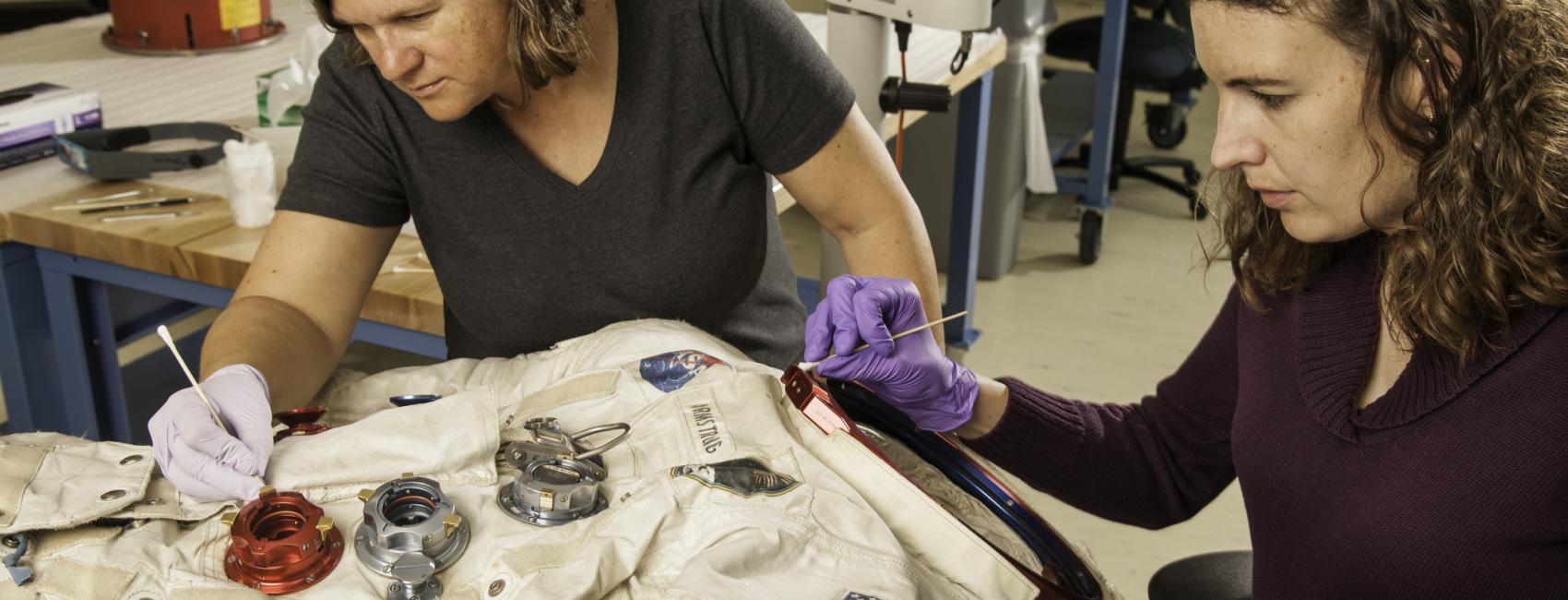
Virtual Vacation
May 13, 2014
By Elizabeth Borja

May 13, 2014
By Elizabeth Borja
As people start making their summer vacation plans, I often daydream about traveling around the world. Then I realize that I don’t even need to leave the office to see far off places. The National Air and Space Museum Archives' photography collection allows me to travel anywhere (and almost any time in the past 100 or so years)! My virtual vacation begins with the pyramids in Giza, Egypt, in 1926.
Then I cross the Mediterranean Sea to Italy's Mount Vesuvius. When photographer and balloonist Edgar Mix visited in August 1903, he observed a minor volcanic eruption.
Moving inland, I make my way to the capital city of Rome and the independent city-state of the Vatican, where I view St. Peter’s Square and Basilica from a dirigible.
Desiring some excellent croissants and wine, I fly to Paris, France. I arrive on 17 August 1910 to witness Alfred Leblanc circling the Eiffel Tower to celebrate his Circuit de l’Est win.
I almost get lost on my way to 1916 Petrograd, Russia, forgetting that St. Petersburg was renamed in 1914 during WWI and then again as Leningrad in 1924, before returning to St. Petersburg in 1991.
I then put on my jacket as I join the 1898 Wellman Polar Expedition to Franz Josef Land, not that far south of the North Pole.
Needing to warm up, I zip down to India, to visit the Taj Mahal with late National Air and Space Museum deputy director Don Lopez.
Then, taking my cues from Barry Manilow, I sunbathe at the Copacabana Beach in Rio de Janiero, Brazil.
Continuing my beach theme, I pass over Bermuda.
Finally, I return home to Washington, DC. But wait! It's 1897 and William A. Eddy and Edward Herbert Young are standing on the lawn controlling a tandem of nine “Eddy kites” with a suspended camera to photograph the Capitol Building.
And then it’s back to the future and back to work! Enjoy your summer vacations—real or imagined—wherever they may take you!

We rely on the generous support of donors, sponsors, members, and other benefactors to share the history and impact of aviation and spaceflight, educate the public, and inspire future generations. With your help, we can continue to preserve and safeguard the world’s most comprehensive collection of artifacts representing the great achievements of flight and space exploration.
We rely on the generous support of donors, sponsors, members, and other benefactors to share the history and impact of aviation and spaceflight, educate the public, and inspire future generations. With your help, we can continue to preserve and safeguard the world’s most comprehensive collection of artifacts representing the great achievements of flight and space exploration.